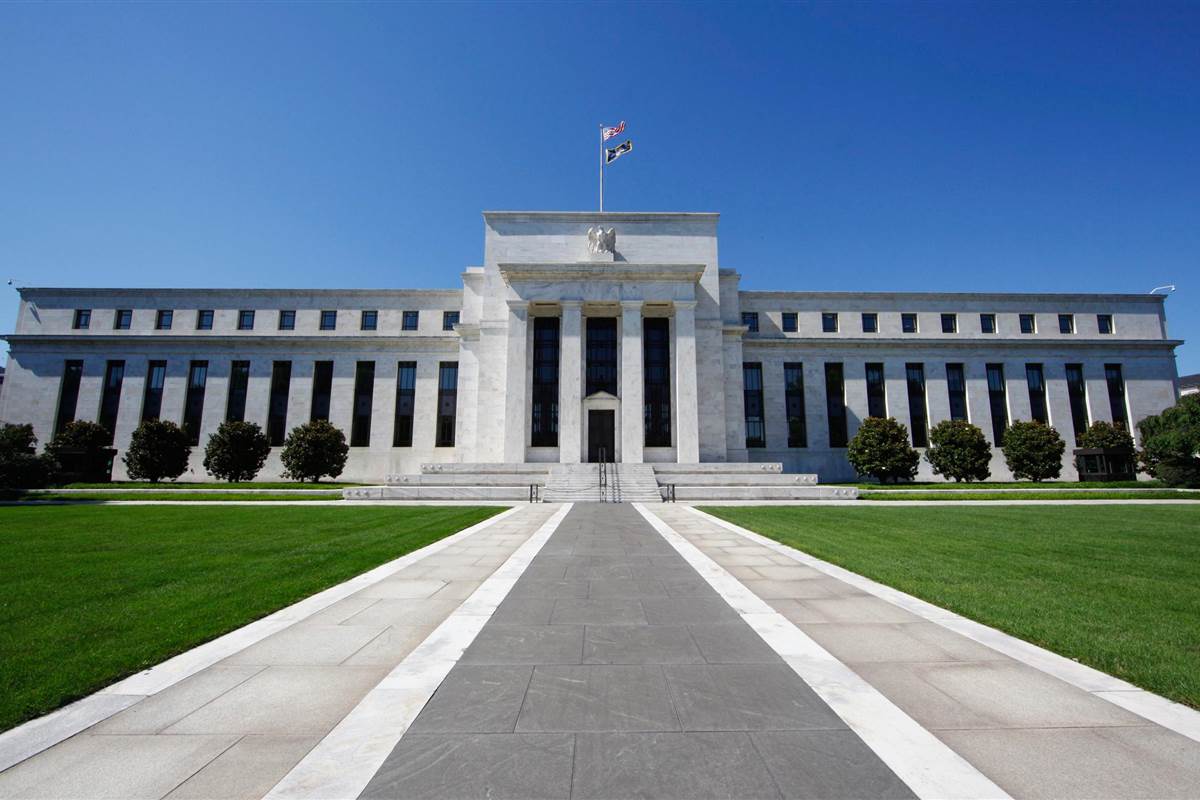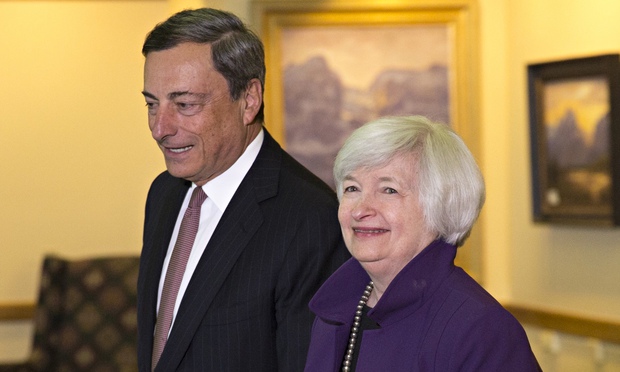Once again we’ve experienced another week of records.
As Equity indices touch new highs, Treasury benchmarks also reached important levels. For instance, the 2-year treasury yield has been trading at 1.49% last Thursday, making a nine-year high. The 10-year treasury yield hit 2.35% on the same trading day. The following day, Friday only some concerns about the Catalonia referendum progresses had a moderate impact on the overall mood of the market. Of course, a number of forthcoming events similar to this one could be part of the many reasons why an investor should expect higher yields in the upcoming months.
First of all, the announcement of a tighter policy by the FED (although very market friendly), together with a less incisive quantitative purchase program to be announced by the ECB, expected in October, have been the two-main catalysts for the latest re-pricing. In addition, from a tax perspective, the new reform submitted by the Trump administration, if at all approved, could de-rail the US budget from its sustainable target by providing added fuel to higher yields. Nonetheless the US dollar’s role as an international currency might be more affected, hence will be crucial. The direct consequences on commodity prices should not be neglected either; specifically, anticipation for a return to stable long-term oil prices around the level of 50 dollars could spur a reflation trade.

Altogether, the current circumstances have a potential disruptive power for the fixed income market. Less worryingly, the stance of latest speeches of Yellen and Draghi, is again supportive. A clouded and lagging price pressure process as well as a renewed indication for further room for Central Bank’s intervention, are currently contributing to a smooth repricing for government debts and the subsequent yields.Hence, what should we expect for the upcoming months? If higher yields seem to be a possible scenario, with the odds of a hike in December discounted at 70% from the implied Fed Funds Rate Futures, what about the financial consequences on the other asset classes? Well, if the repricing is very uneventfully continuous and we are still facing a trading range 1.90%-2.60% for the 10yr bucket of the US curve, then we can easily find ourselves embracing a never-ending goldilocks scenario. So that, the equity will continue to benefit from the extreme liquidity levels as well as from a growth steady even if not stellar.

The opposite scenario only makes its mark if Central Banks would accelerate the tightening process as a response to a squeeze in inflation data. In that case, the market would soon reprice its expectation on the yield curve. Finally, the worst scenario would occur if the yield curve will flatten more or additionally will invert its shape. A worrying flattening yield curve isn’t imminent. So for the time being, the following quote is more than a simple advice: the trend is your friend except at the end where it bends. Since we ignore if we are in front of an old rally or there is still room for further legs, the equity is the right candidate to play the positive momentum. Apart from valuation (seemingly expensive and yet relatively cheap when compared to credit spreads and government yields) equity is a very liquid asset class and would be easier to find a bid, in case of emergency there would be a way-out.
Christian Zorico: LinkedIn Profile

